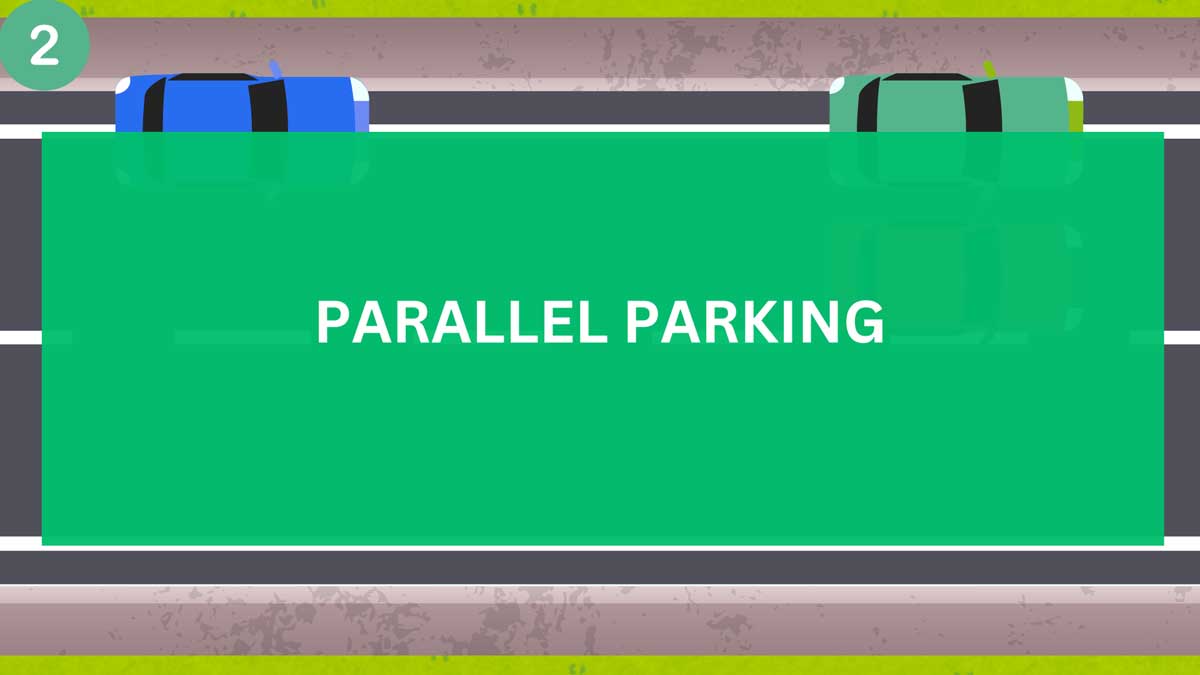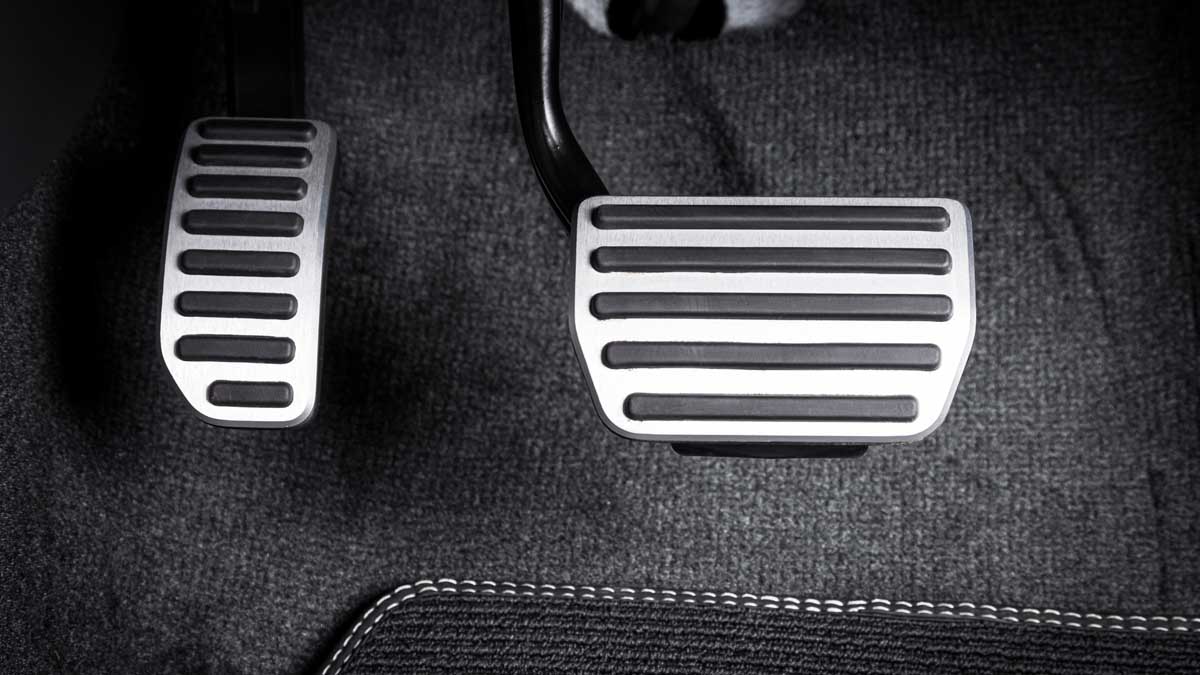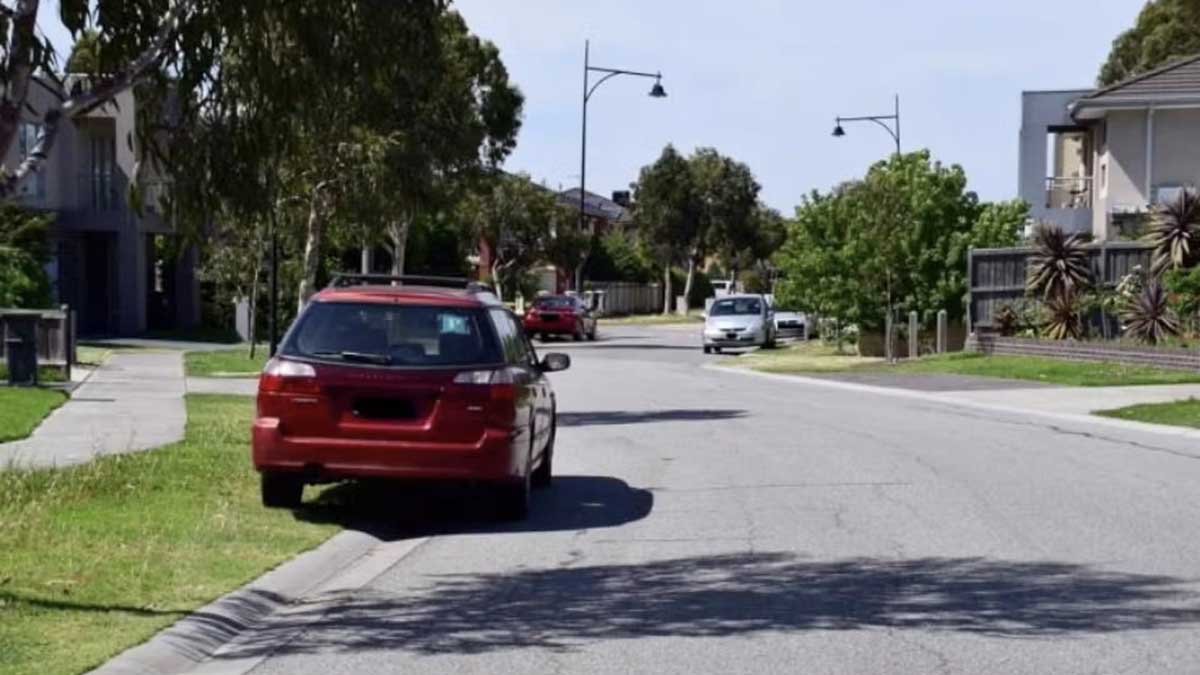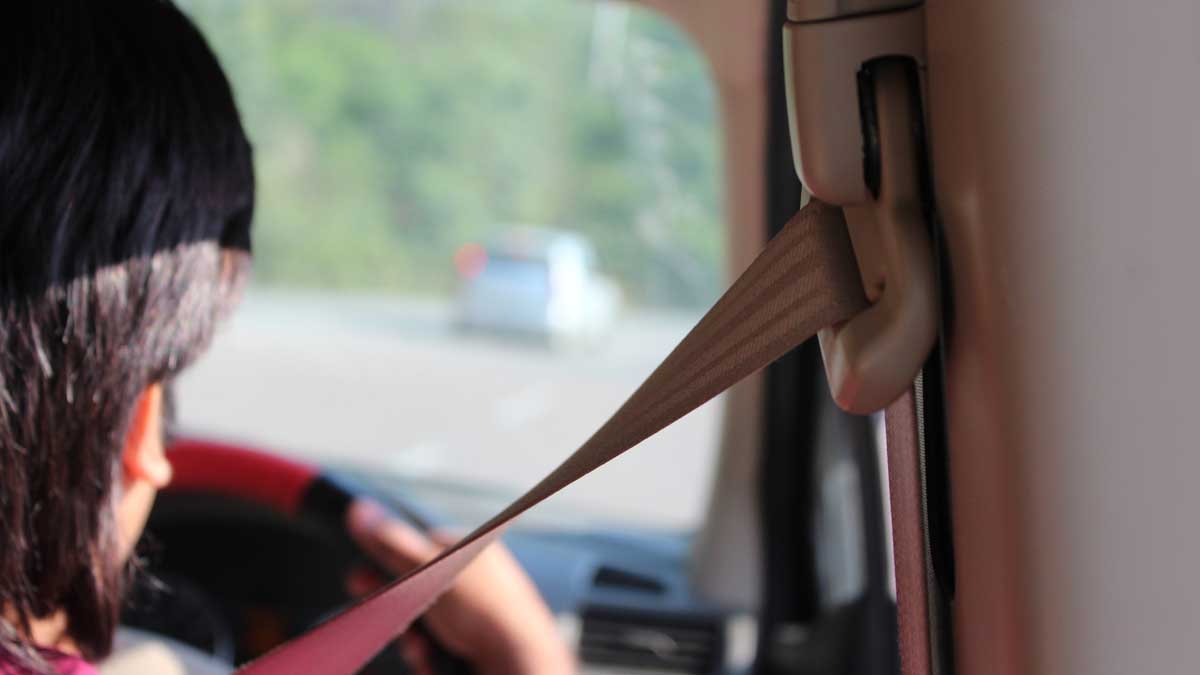Reverse parallel parking is a crucial skill for any safe driver. It involves positioning your car parallel to the road between two other vehicles. This guide will help you master this technique, making parking in tight spots a breeze.
Why Learn Reverse Parallel Parking?
Reverse parallel parking is essential for urban driving, where parking spaces can be limited. Mastering this skill ensures you can park safely and efficiently, reducing the risk of accidents and fines. Additionally, it’s often a requirement for driving tests, making it a vital competency for new drivers.
Step-by-Step Guide to Reverse Parallel Parking
Step 1:
Find a Suitable Spot: Look for a space that is at least one and a half times the length of your car.
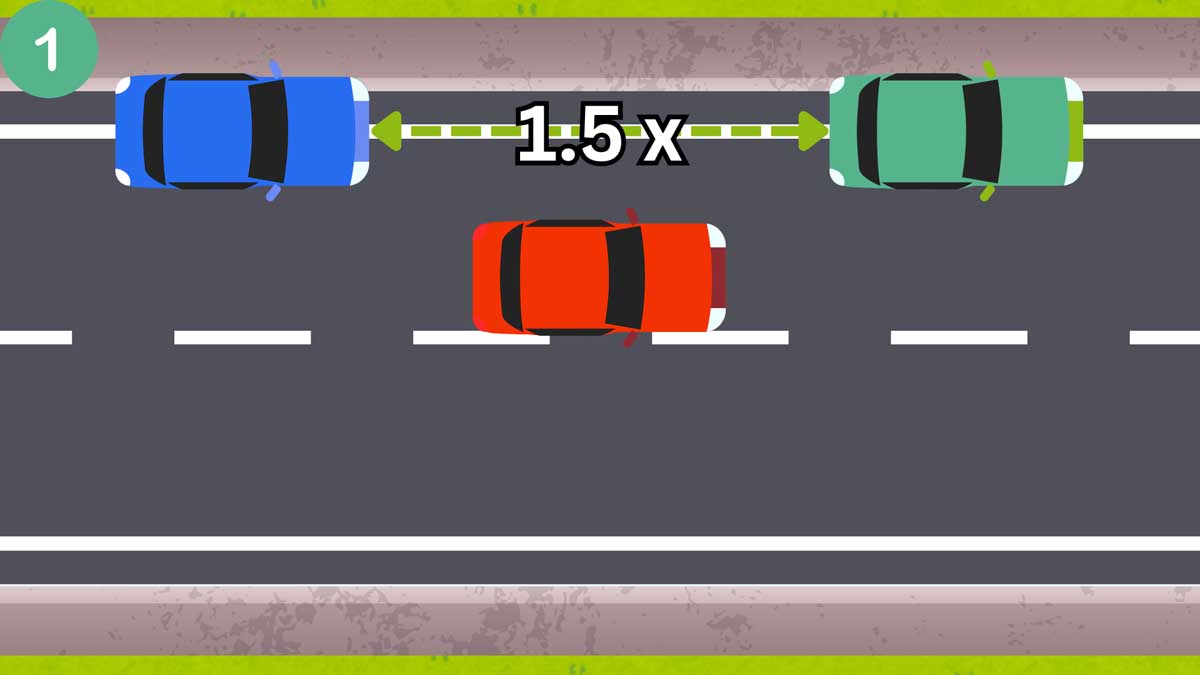
Step 2:
Signal and Position Your Car: Signal your intention to park and align your car parallel to the vehicle in front of the space, about one meter away.
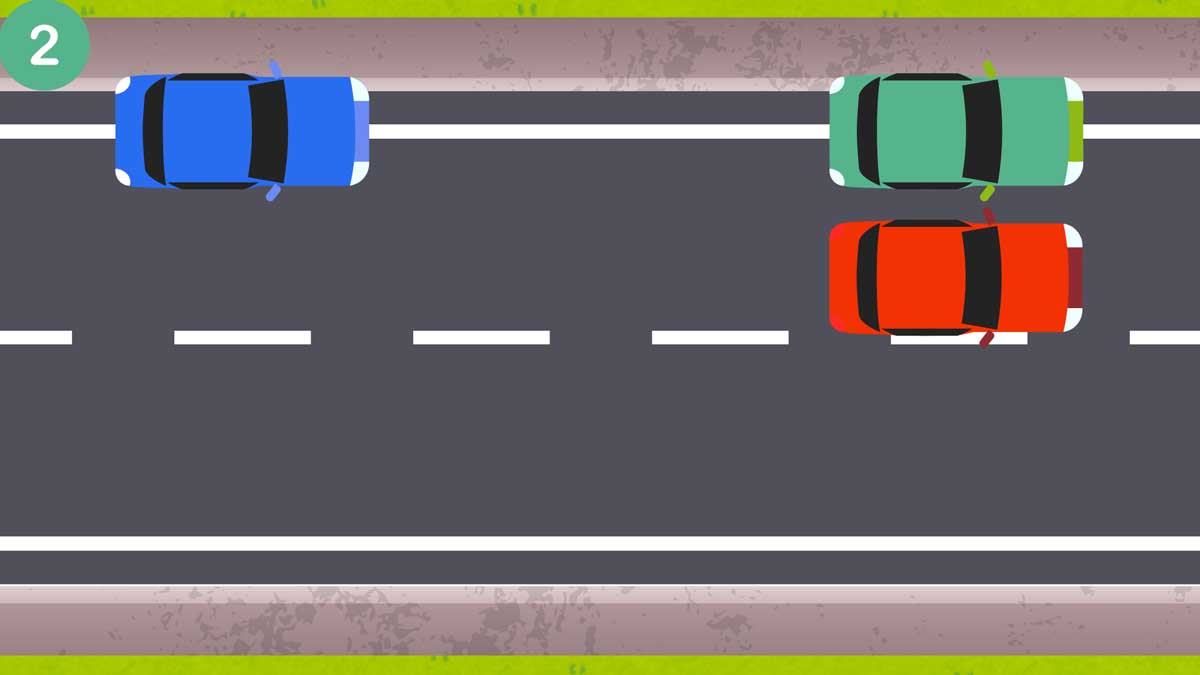
Step 3:
Check Your Surroundings: Ensure there are no obstacles or pedestrians around.
Reverse Slowly: Start reversing slowly while turning the steering wheel towards the curb.
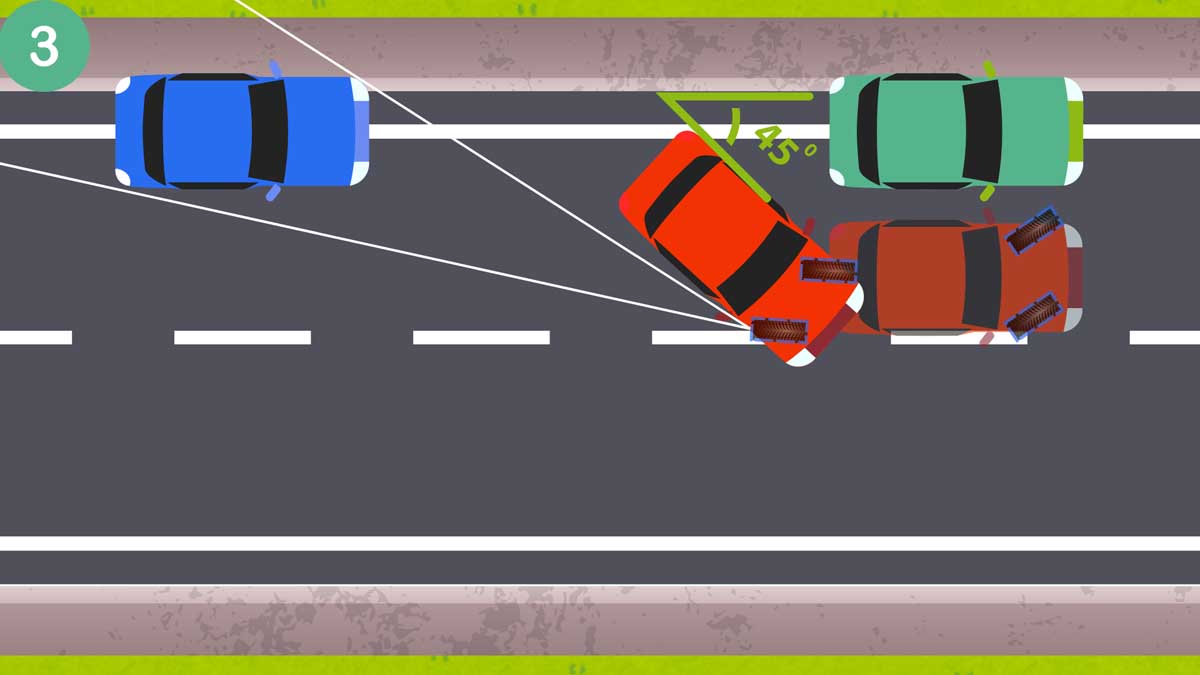
Step 4:
Straighten the Wheel: Once your front wheel is aligned with the rear bumper of the car in front, straighten the wheel and continue reversing.
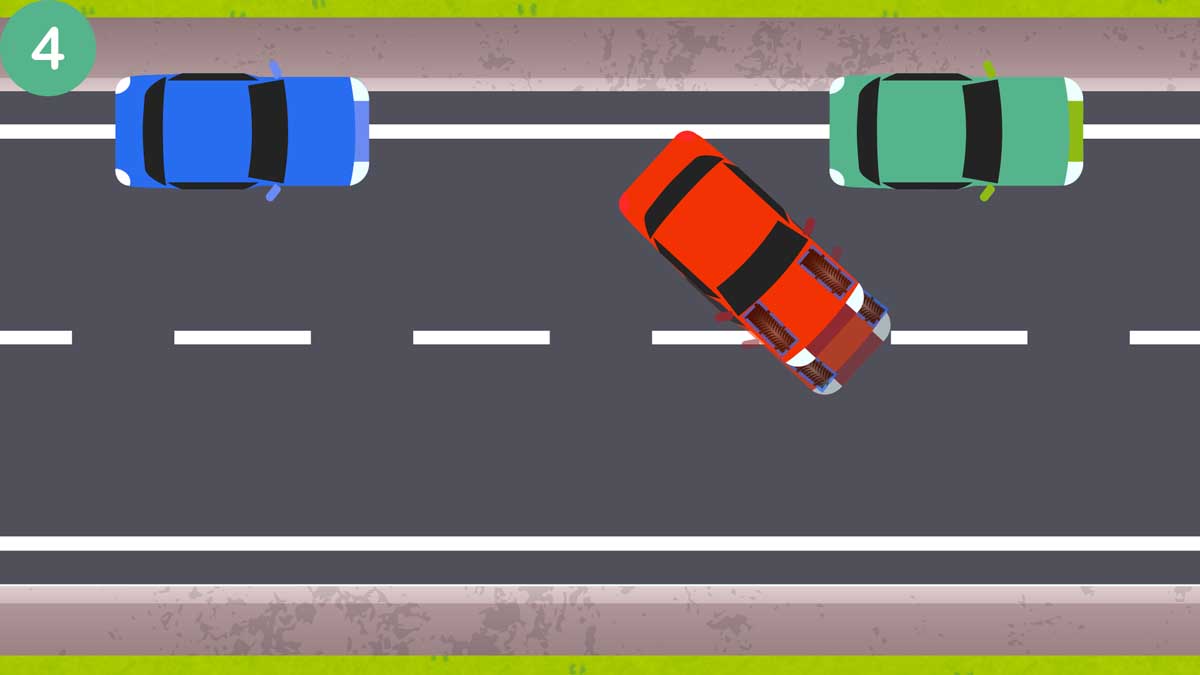
Step 5:
Align Your Car: Turn the steering wheel away from the curb to straighten your car within the space.
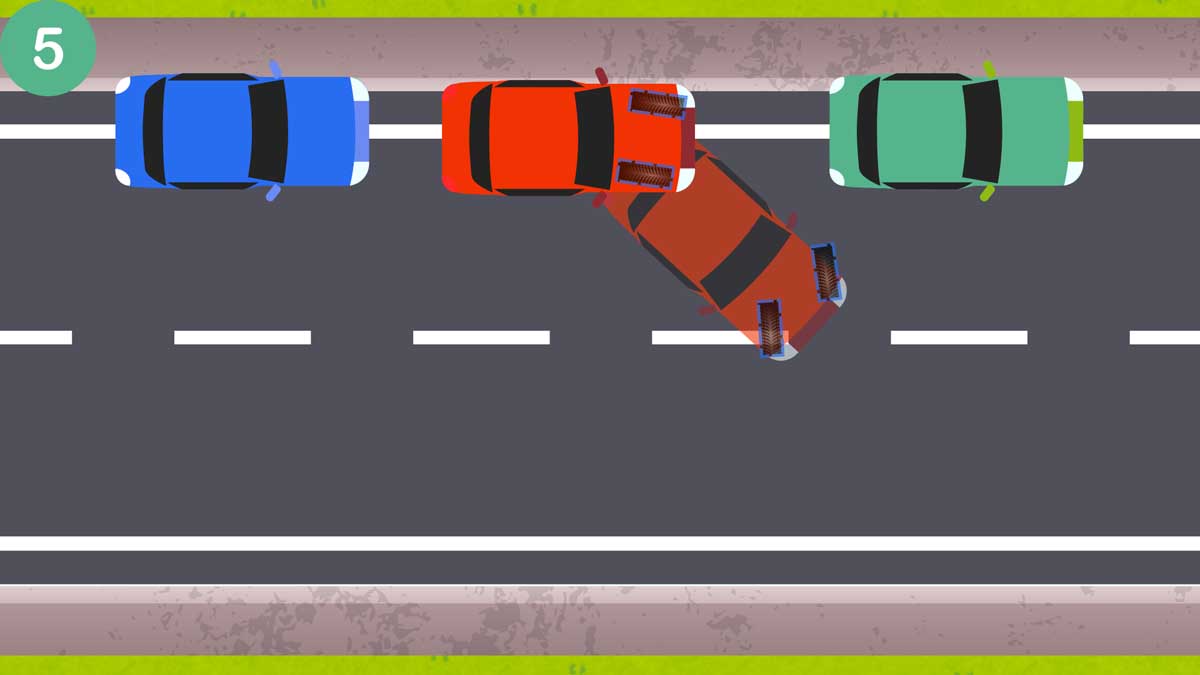
Step 6:
Adjust as Necessary: Move forward or backward as needed to center your car within the space.
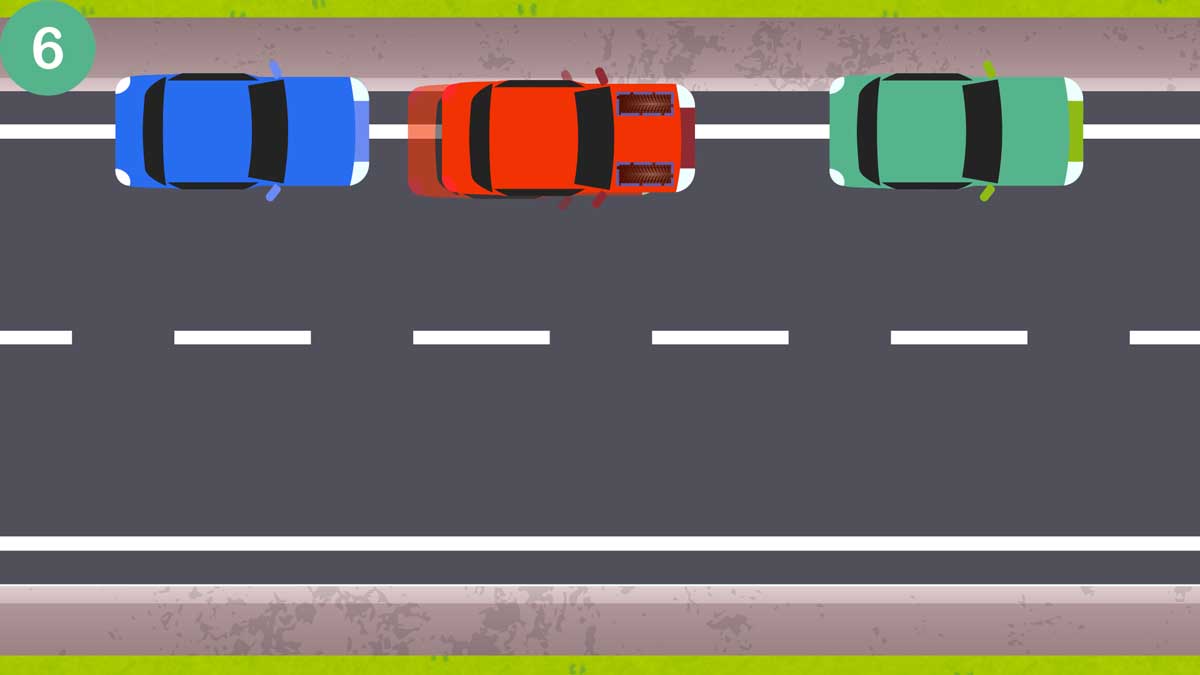
Common Mistakes and How to Avoid Them
Here are some common mistakes drivers make and tips to avoid them:
- Not Checking Blind Spots: Always check your blind spots to ensure the area is clear before reversing.
- Oversteering or Understeering: Practice the right amount of steering to avoid hitting the curb or other vehicles.
- Rushing the Process: Take your time to avoid mistakes. Slow and steady wins the race.
Common Accidents During Reverse Parallel Parking and Determining Fault
Learning to reverse parallel park is a vital skill for any driver, but it comes with its challenges and potential risks. Accidents can happen even to the most cautious drivers, whether it involves a parked car, a pedestrian, or another vehicle. Understanding these common accidents and knowing who is typically at fault in each scenario can help drivers improve their skills and stay safer on the road.
- Collision with a parked car: If the driver misjudges the distance or angle while reversing and hits a parked car, the reversing driver is typically at fault for not maintaining proper control of their vehicle. Practicing spatial awareness and using mirrors can help mitigate this risk.
- Hitting a pedestrian: If a pedestrian is walking behind the vehicle while it is reversing and is struck, the driver may be at fault for not adequately checking their surroundings. However, if the pedestrian is in an unexpected place, such as suddenly darting into the road, fault may be shared or primarily on the pedestrian. Drivers should always check their mirrors and blind spots before and during the maneuver.
- Collision with a moving vehicle: If a moving vehicle is struck while the driver is reversing into a space, fault usually lies with the reversing driver. Drivers are expected to yield to oncoming traffic and ensure it is safe to reverse. Waiting for a clear space and signalling intentions clearly can help prevent such accidents.
- Obstructing traffic and causing a collision: If the act of parallel parking blocks the road, leading to a rear-end collision with another vehicle, fault could be shared. The reversing driver may be at fault for obstructing traffic, but the other driver could also be at fault if they were not maintaining a safe following distance. Properly assessing traffic flow and choosing an appropriate time to park can reduce this risk.
- Hitting an object (e.g., a lamppost or trash bin): Similar to hitting a parked car, the reversing driver is generally at fault for not being aware of their surroundings. Awareness of nearby objects and using all available mirrors and sensors can help avoid these mishaps.
- Collision with a cyclist: If a cyclist is hit while the driver is reversing, fault generally lies with the reversing driver for not checking mirrors and blind spots properly. However, if the cyclist is riding in a way that doesn’t comply with road rules, they may share some fault. Ensuring a thorough check of the surroundings and respecting bike lanes can enhance safety.
In each scenario, determining fault involves assessing whether the reversing driver exercised proper caution and followed traffic laws, as well as considering the actions of other parties involved. By understanding these common accident scenarios and the associated responsibilities, drivers can become more adept at reverse parallel parking and contribute to safer driving environments.
Tips for Perfect Reverse Parallel Parking
Practice makes perfect. Find a quiet street to practice your skills regularly. Use reference points on your car to help judge distances. Smooth and controlled movements are key to successful reverse parallel parking. Avoid sudden jerks and ensure your actions are deliberate and measured.
FAQs About Reverse Parallel Parking
How do you reverse parallel park perfectly? Practice regularly, use reference points, and take your time.
How to reverse park between two cars in Australia? Follow the step-by-step guide above, ensuring you signal, check your surroundings, and reverse slowly.
Is reverse parallel parking hard? It can be challenging initially, but with practice, it becomes easier.
What is the trick to reverse parking? The key is to remain calm, use reference points, and move slowly to adjust as needed.
Conclusion
Mastering reverse parallel parking is essential for any driver. By following the steps outlined above and practising regularly, you can perfect this skill and make parking in tight spots a breeze.

